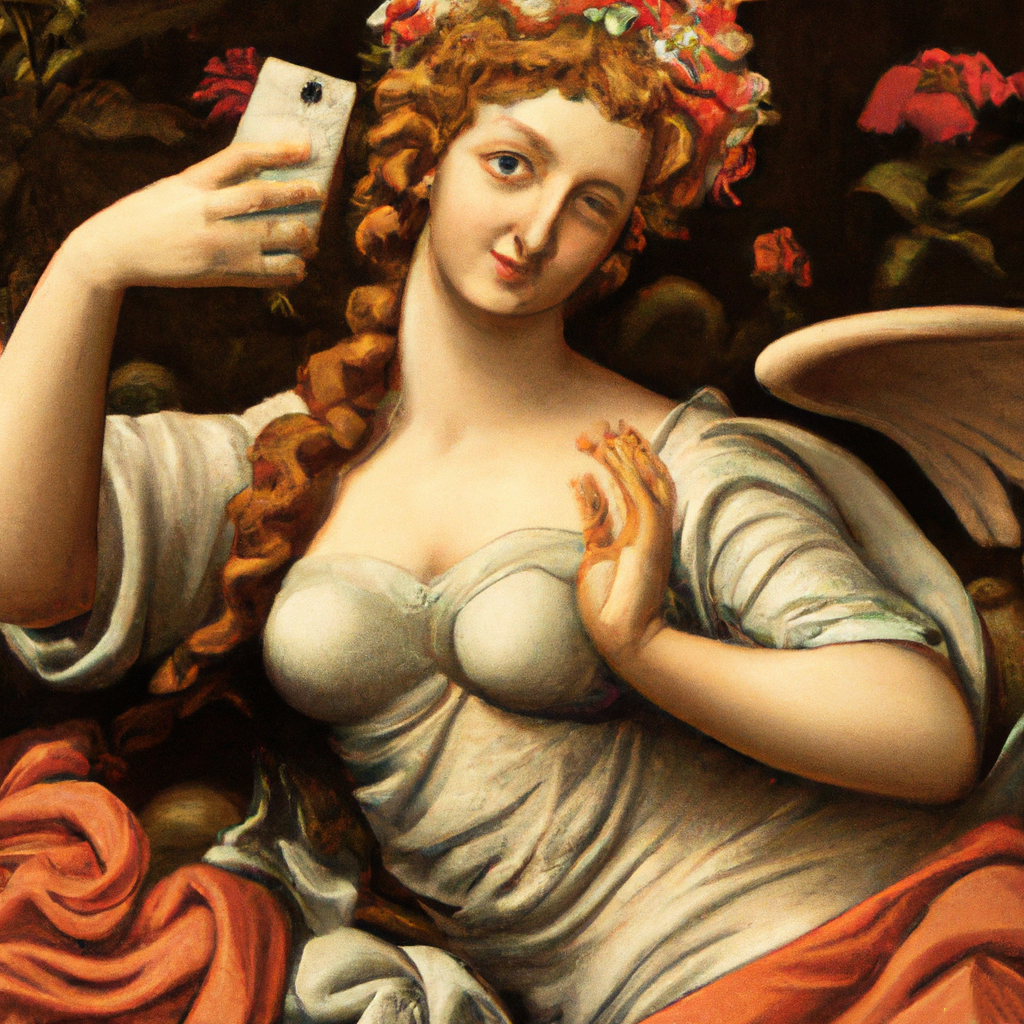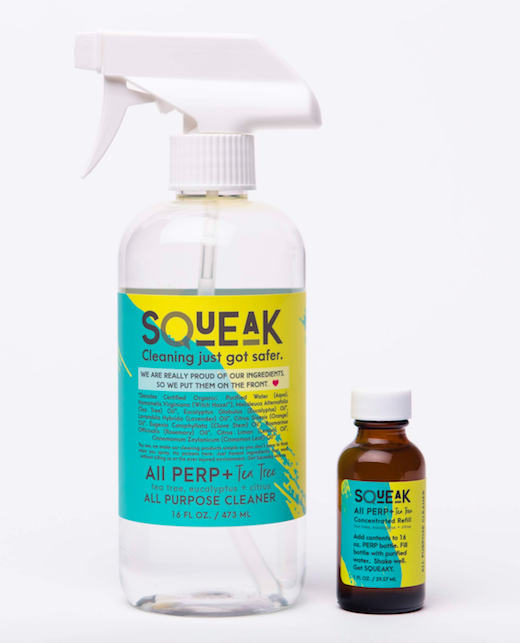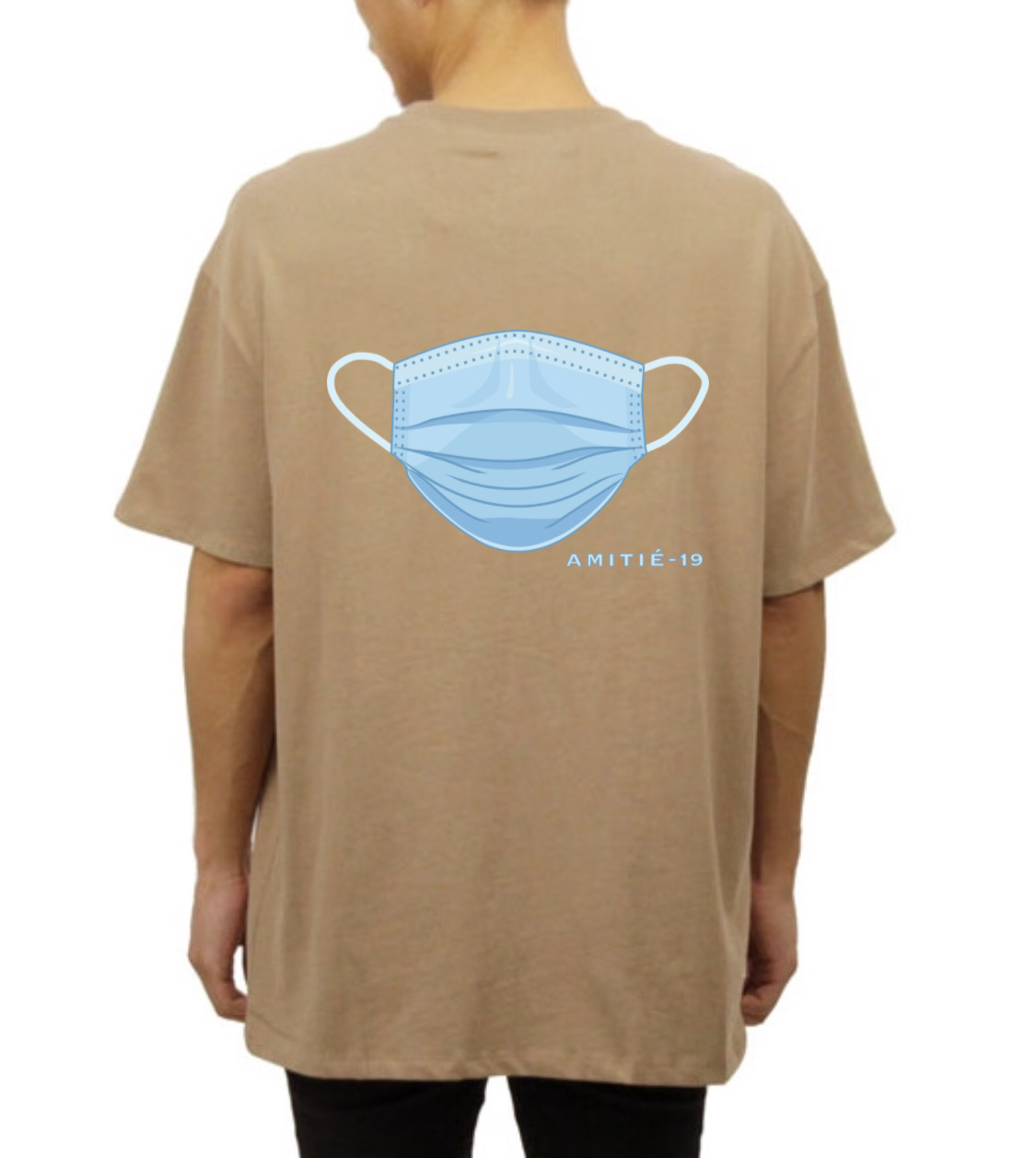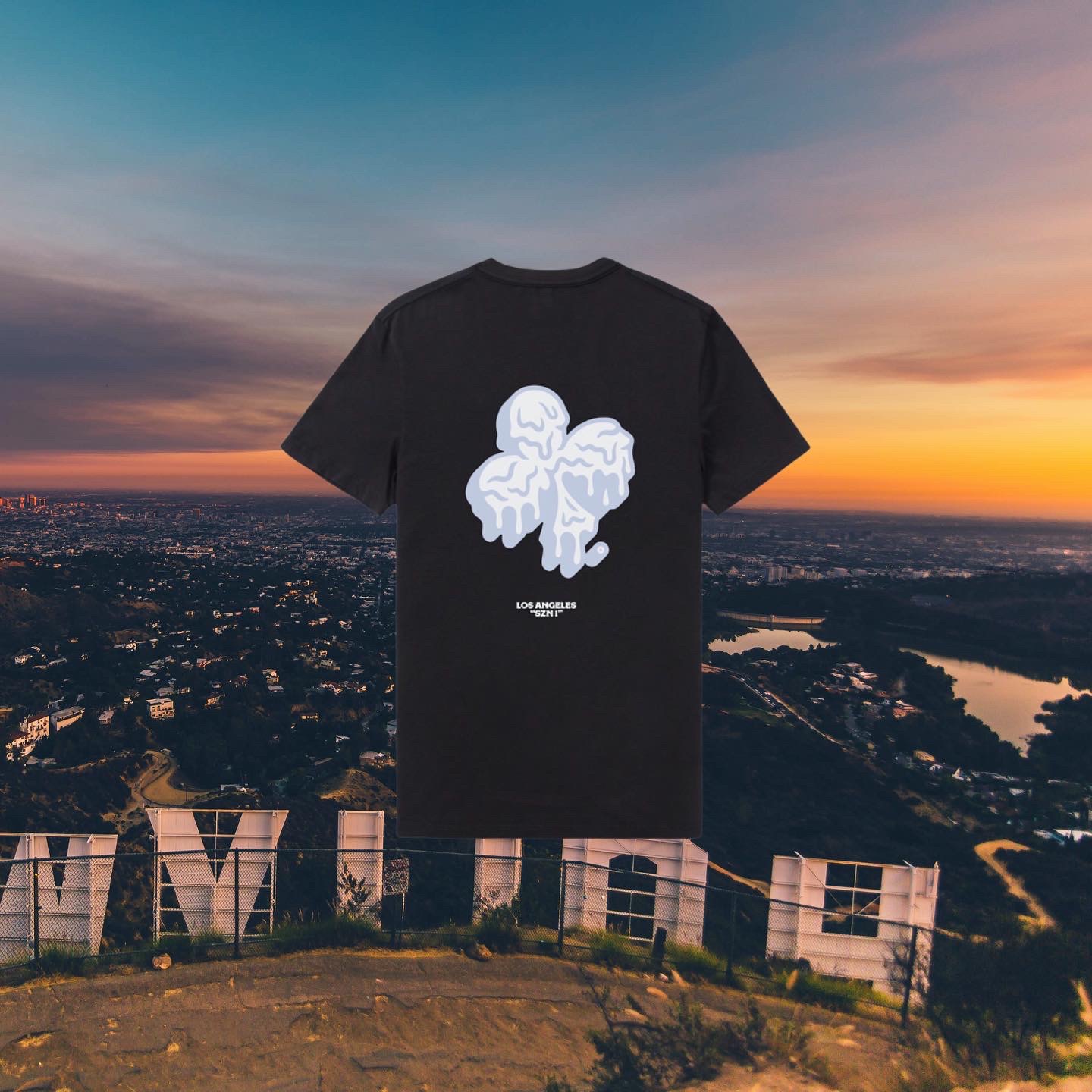Illustration by Stéphane Marquet
Throughout history, beauty standards have been influenced by various factors, including cultural, social, and artistic influences. In the past, singular artists such as Michelangelo, Da Vinci, and other painter masters had a significant impact on beauty standards. Their art, which often featured idealized and stylized representations of the human form, shaped the perception of beauty and influenced the way people viewed themselves and others.
However, with the rise of social media, there has been a significant shift in the way beauty standards are formed and perpetuated. Unlike in the past, where beauty standards were often set by a select few artists or individuals, today’s beauty standards are more collective and democratic in nature.
Millions of people interact on social media every day, sharing photos, videos, and other content that shape our perception of what is beautiful. Platforms like Instagram and TikTok have given rise to a new generation of beauty influencers, who have the power to shape the way people view themselves and others. These influencers often have a significant following, and their content can reach millions of people, making them powerful arbiters of beauty standards. They promote certain beauty ideals, such as flawless skin, perfectly contoured faces, and hourglass figures, which become the new norm for many people.
This shift towards a collective and democratic approach to beauty standards has both positive and negative effects. On the one hand, it allows for a more diverse and inclusive definition of beauty, as people from all backgrounds and cultures can share their unique perspectives on what is beautiful.
On the other hand, it can also lead to a homogenization of beauty standards, as people strive to conform to the idealized images they see on social media. This can lead to a sense of inadequacy and insecurity, as people feel they do not measure up to the standards set by others.
The way beauty standards are formed and perpetuated has evolved significantly over the years. While in the past, singular artists played a significant role in shaping beauty standards, today’s beauty standards are more collective and democratic in nature, influenced by millions of people interacting on social media. This shift has both positive and negative effects and highlights the importance of promoting a more diverse and inclusive definition of beauty.
Future generations may prioritize qualities such as diversity, individuality, and natural beauty over the current emphasis on perfection and conformity. Additionally, advancements in technology and medical procedures may create new possibilities for altering one’s appearance, leading to further changes in beauty standards. Ultimately, the perception of beauty is highly subjective and is likely to continue evolving with the passage of time.





